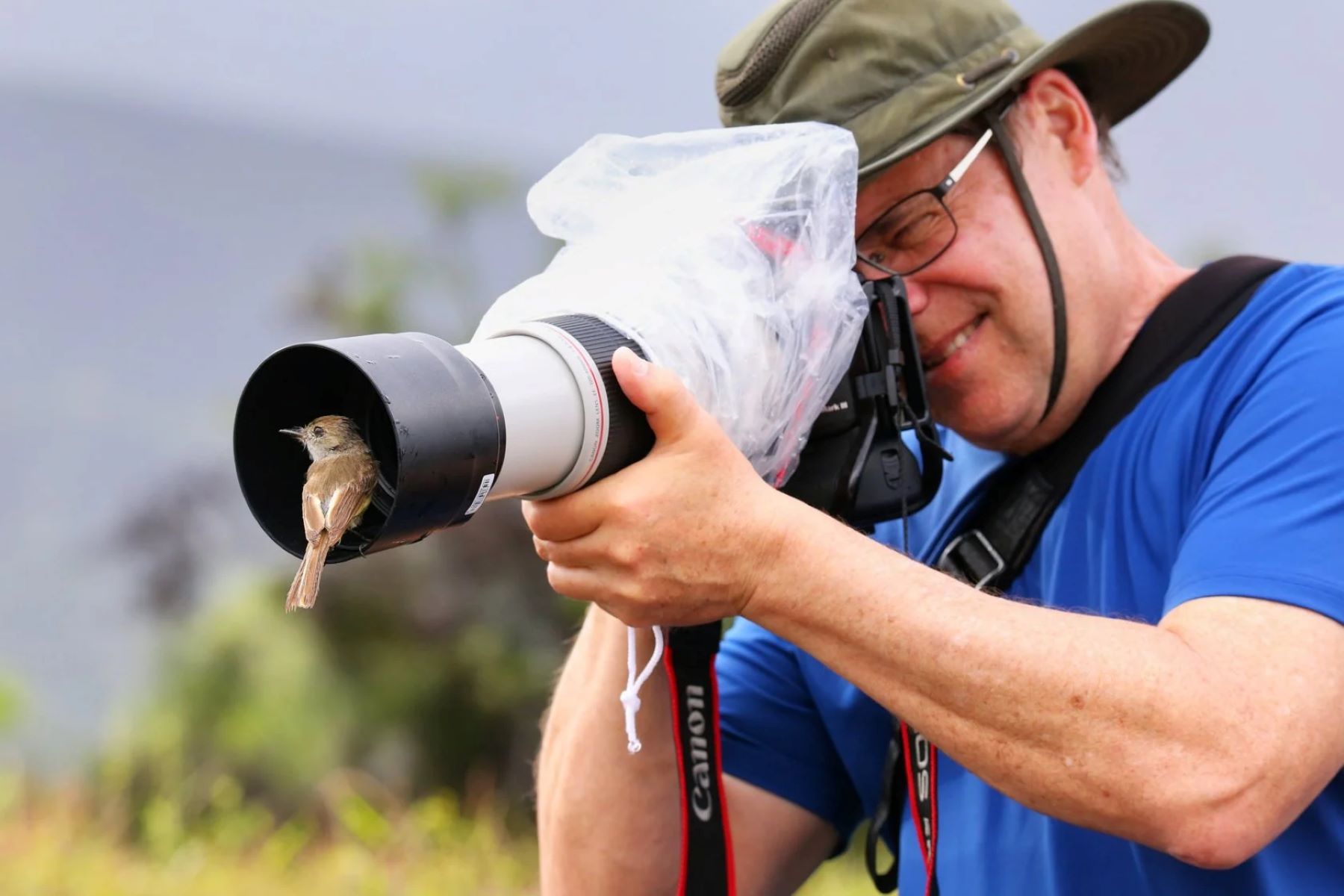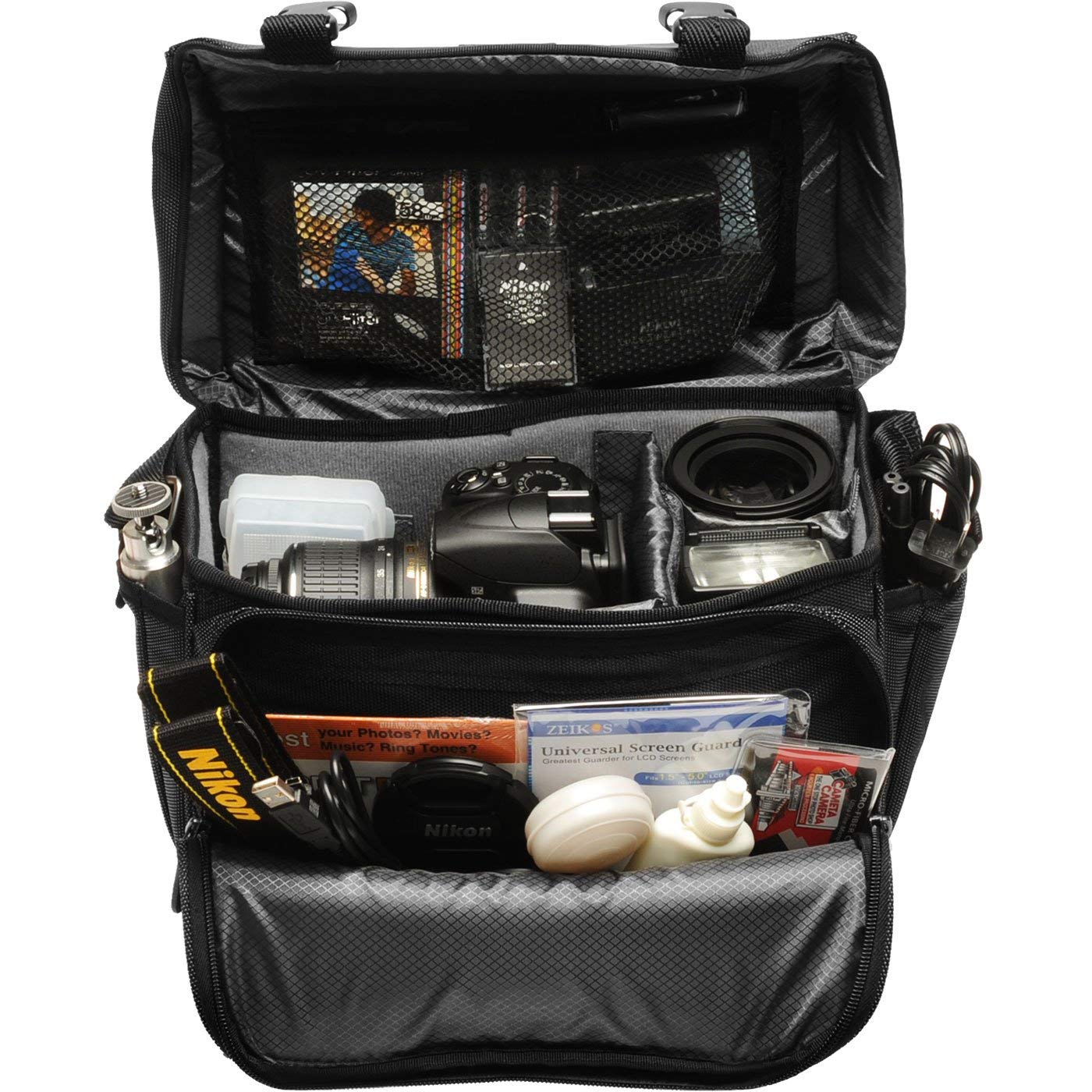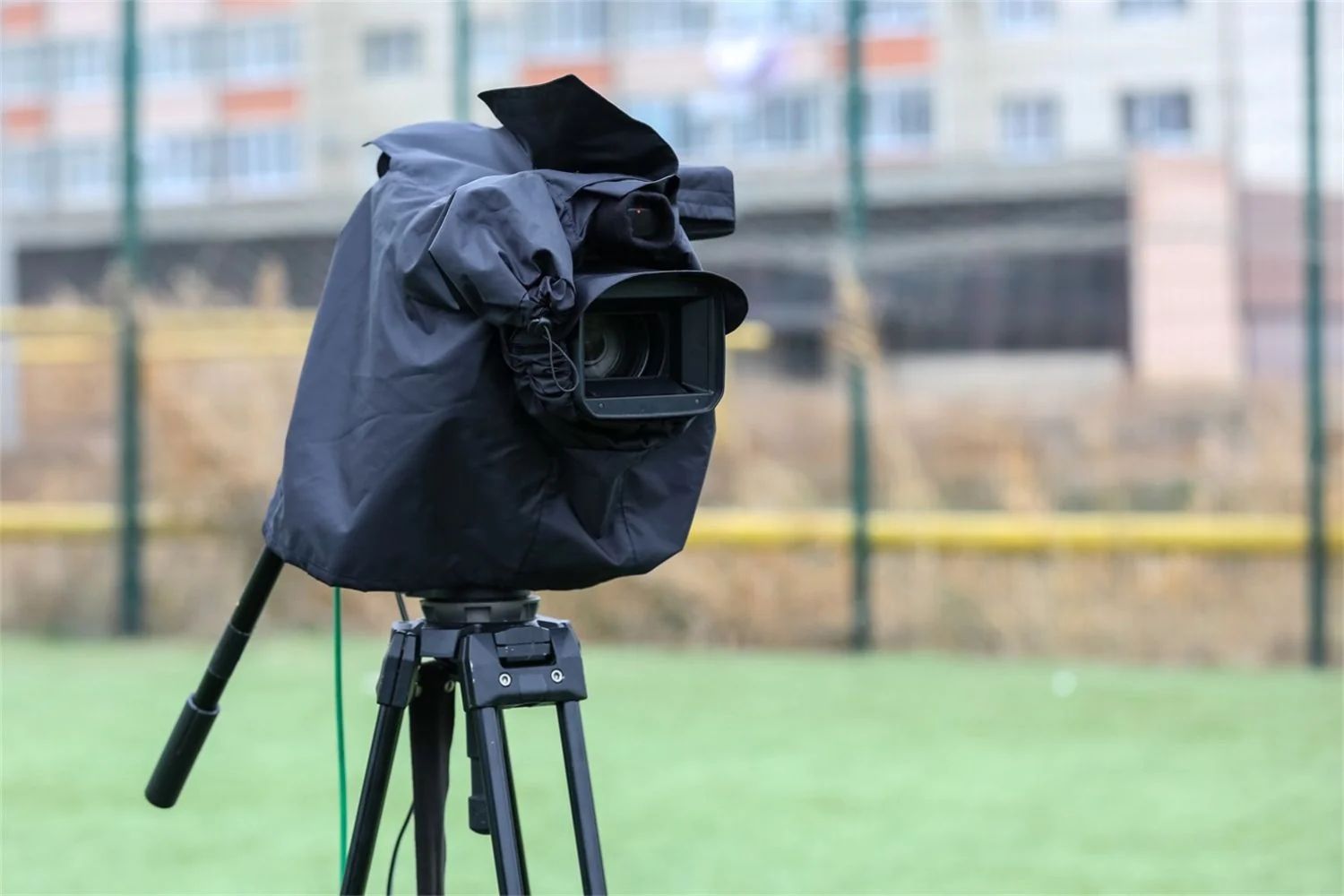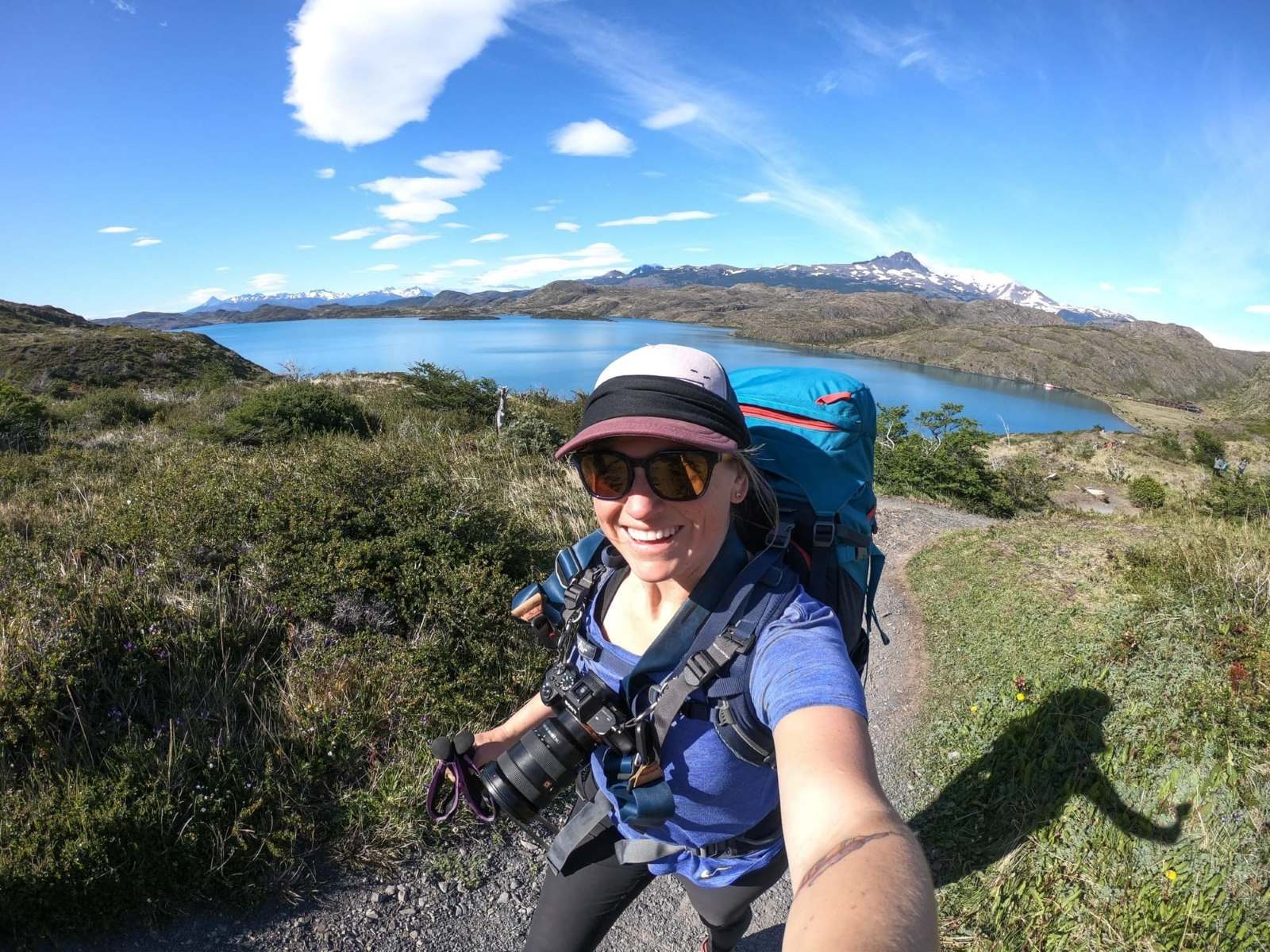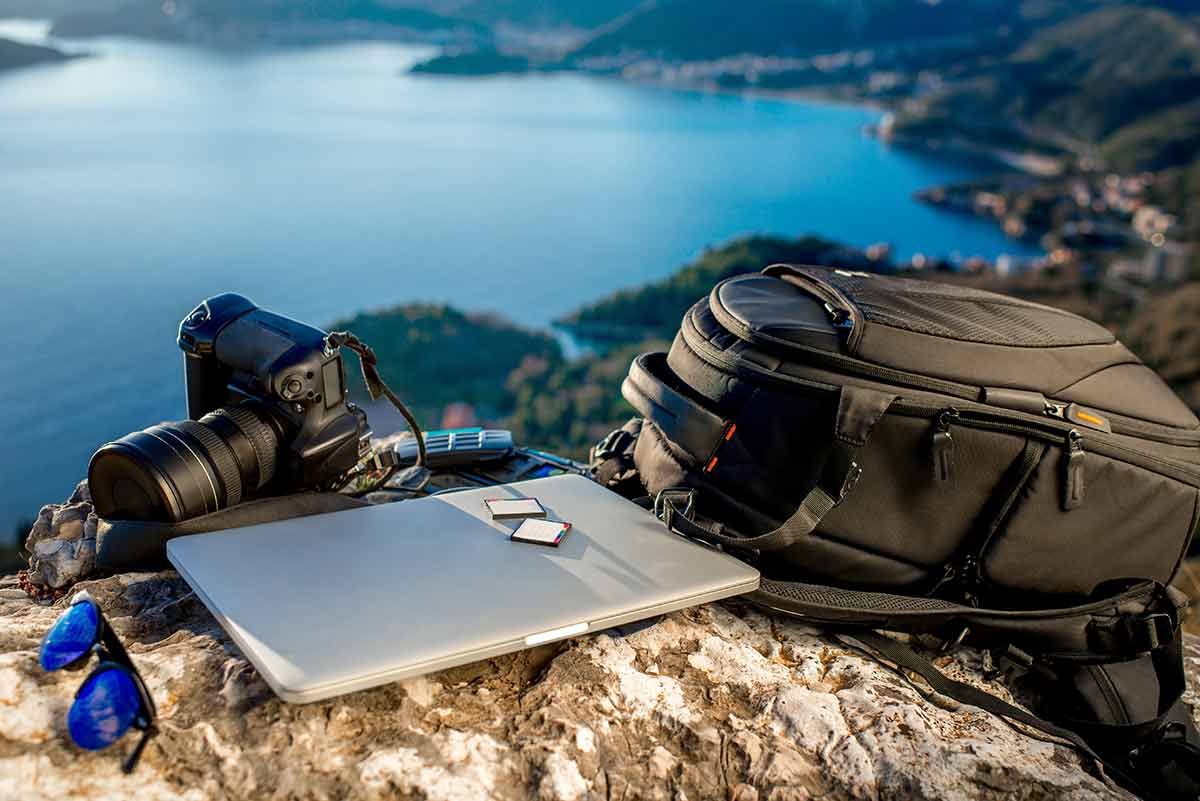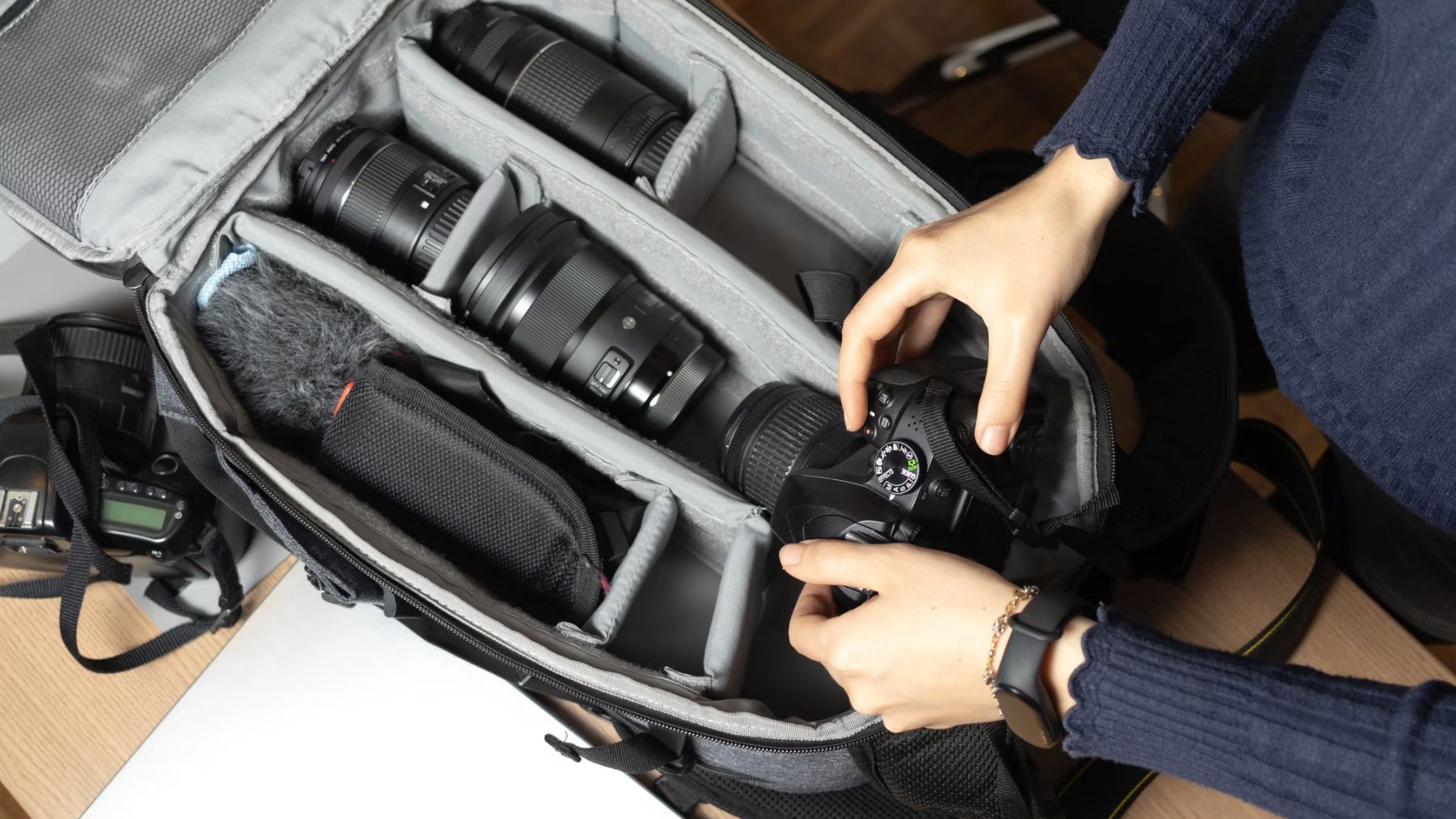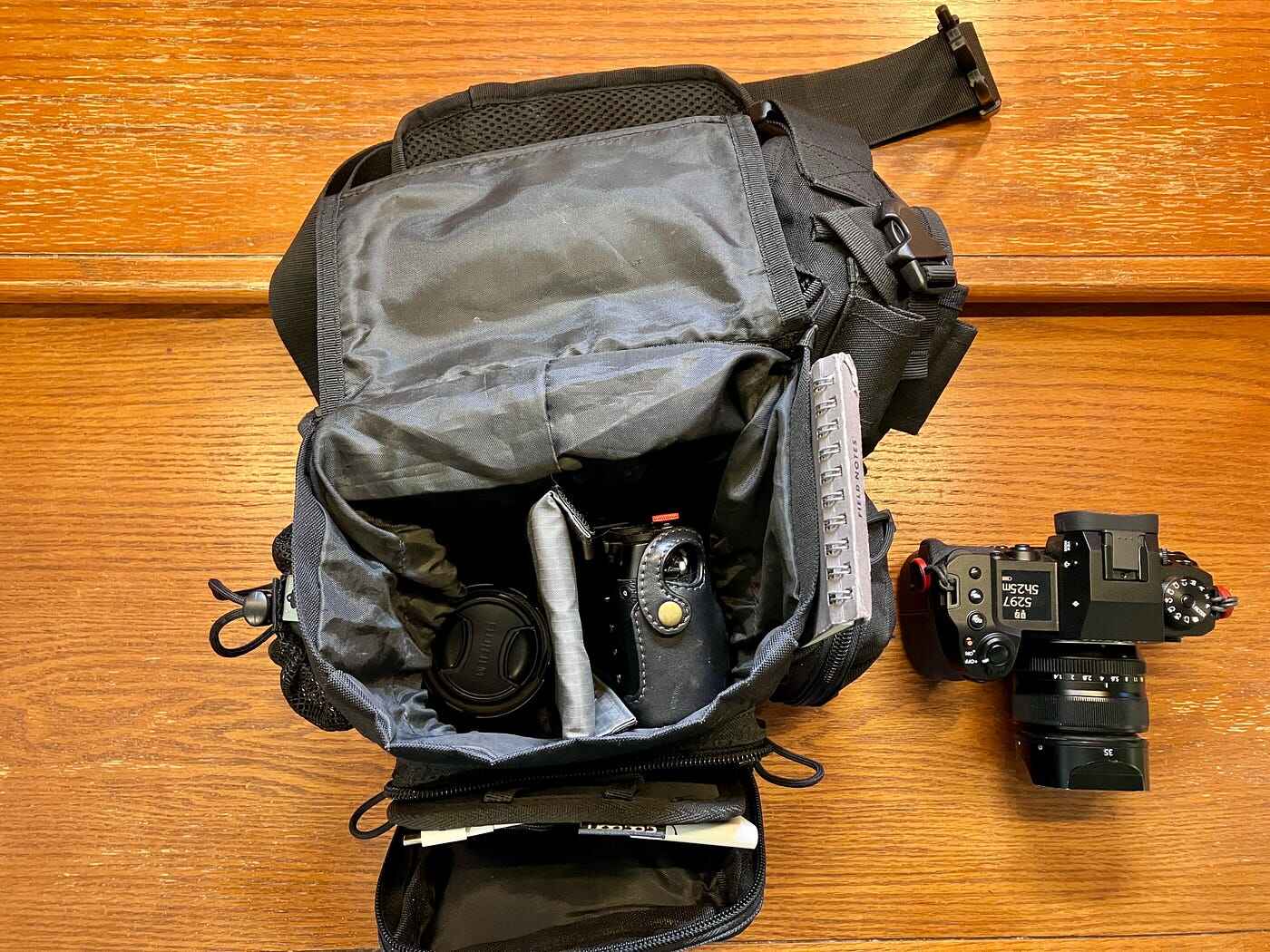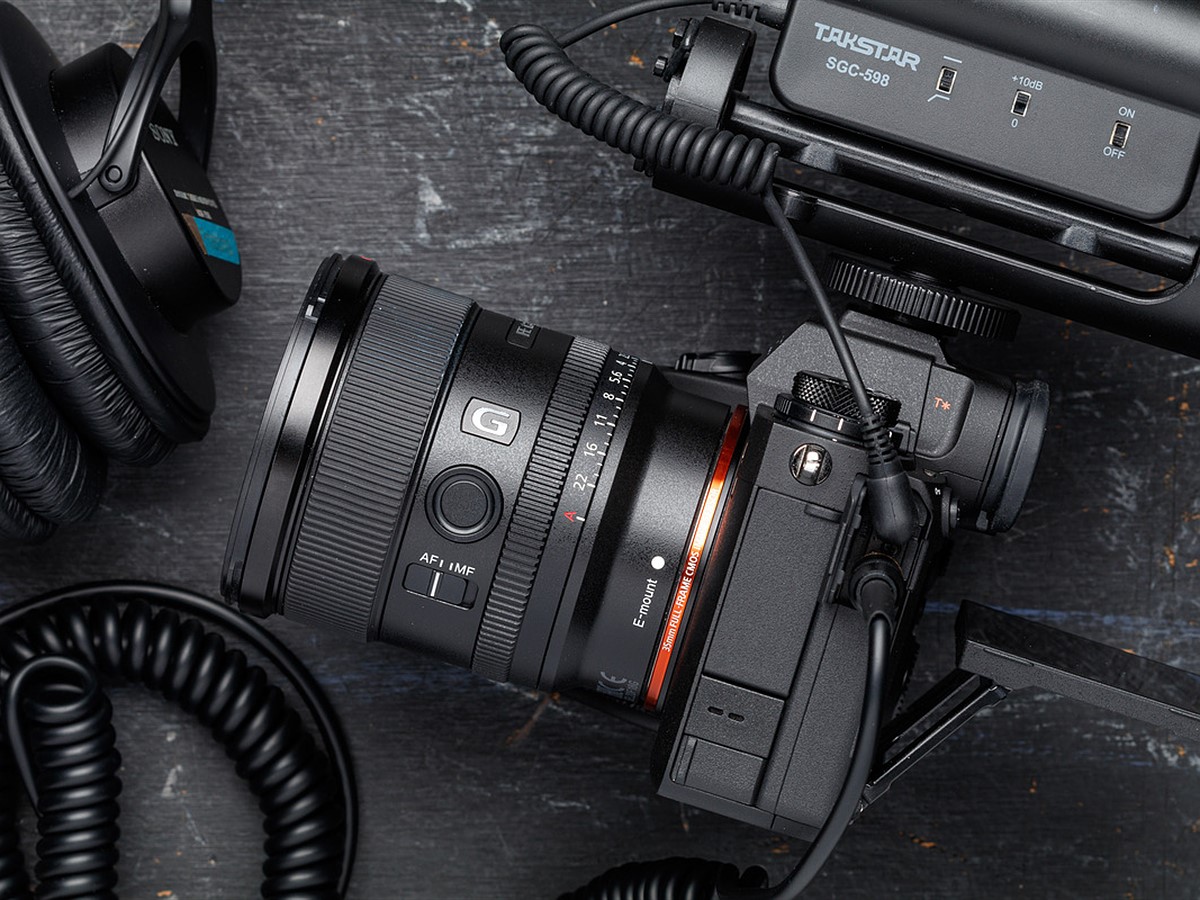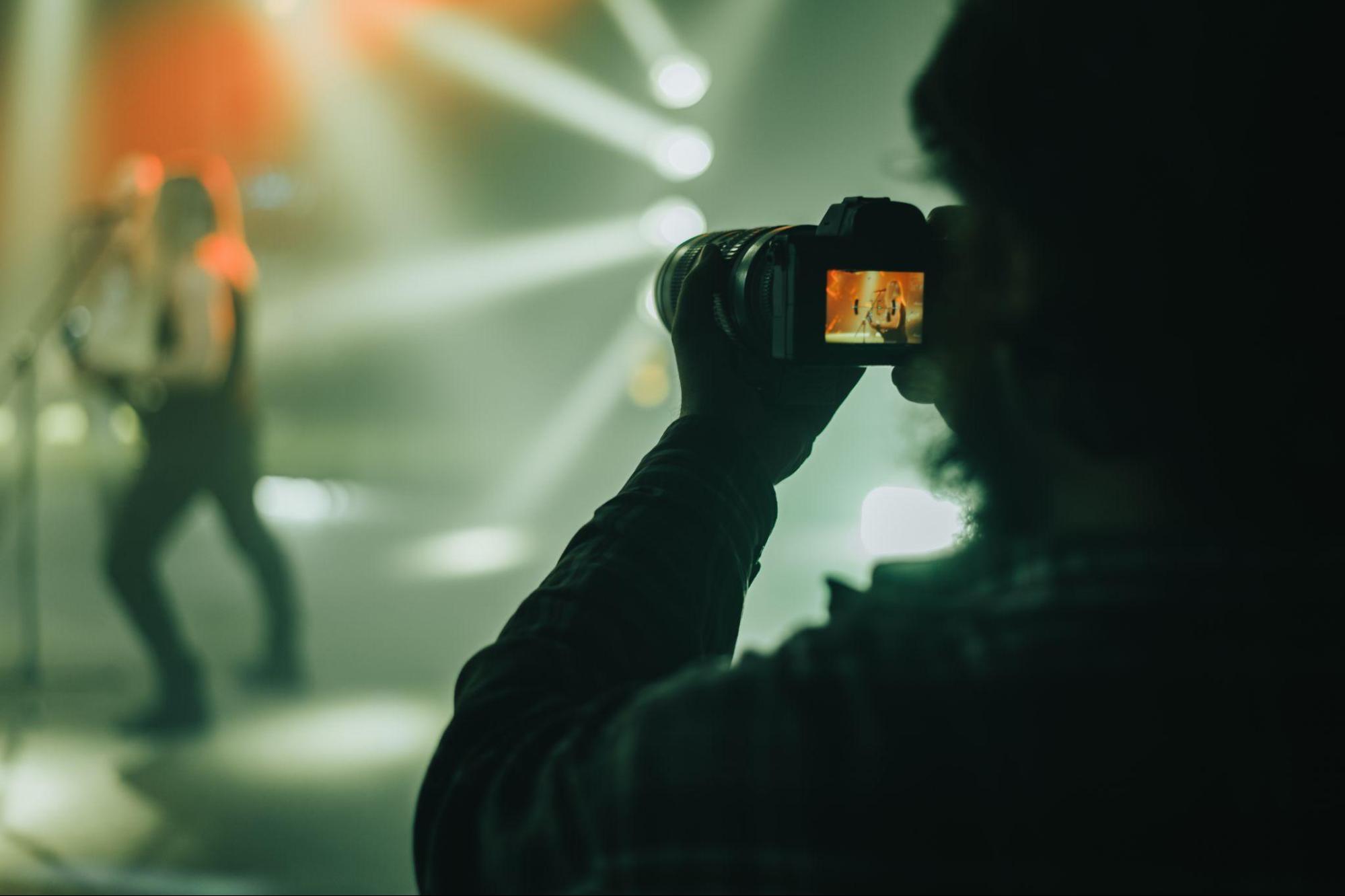Introduction
As a photography enthusiast, capturing stunning images often means braving the elements. While shooting in the rain can present unique challenges, it also offers the opportunity to create captivating and dynamic photographs. With the right preparation and techniques, you can confidently use your DSLR camera in the rain to capture breathtaking moments.
Photographing in the rain provides a chance to capture the beauty of nature in a different light. Raindrops can add an ethereal quality to your images, and the reflective surfaces created by wet pavement can enhance the overall composition. However, it's important to take the necessary precautions to protect your equipment and ensure that it continues to function optimally in these conditions.
In this guide, we'll explore the essential steps for using a DSLR camera in the rain. From preparing your gear and protecting your camera to adjusting settings and employing effective shooting techniques, you'll gain valuable insights into maximizing your photographic opportunities in inclement weather. Additionally, we'll cover the crucial steps for drying and cleaning your camera after use, ensuring its longevity and performance.
By following the recommendations in this guide, you'll be equipped to confidently capture stunning images in the rain while safeguarding your valuable photography equipment. Let's delve into the essential strategies for using a DSLR camera in the rain and unlocking the full potential of your rainy-day photography adventures.
Preparing Your Gear
Before venturing out to photograph in the rain, it’s crucial to prepare your gear to withstand the challenging conditions. Start by selecting the appropriate camera and lens for the specific shots you intend to capture. Weather-sealed DSLR bodies and lenses are highly recommended for shooting in the rain, as they offer enhanced protection against moisture and dust.
Additionally, consider using a camera strap that provides a secure and comfortable grip, as well as a camera bag that offers reliable weather resistance. It’s advisable to pack essential accessories such as lens hoods, lens cloths, and a rain cover designed for your specific camera model. These accessories will help shield your equipment from moisture and maintain optimal visibility through the viewfinder.
Carrying a sturdy and reliable tripod is essential for rainy-day photography, as it provides stability and support while keeping your camera elevated above wet surfaces. Look for a tripod with robust construction and weather-resistant features to ensure its durability in adverse weather conditions.
Furthermore, it’s prudent to bring along spare batteries and memory cards, as extended shooting sessions in the rain may deplete your power supply more quickly than usual. Store these extra components in waterproof pouches or containers to prevent moisture damage.
By meticulously preparing your gear before heading out to photograph in the rain, you’ll set the stage for a successful and enjoyable photography experience. With the right equipment and accessories at your disposal, you’ll be ready to tackle the challenges of shooting in wet weather while capturing stunning images with confidence and precision.
Protecting Your Camera
When using a DSLR camera in the rain, safeguarding it from moisture is paramount to prevent potential damage and ensure continued functionality. One of the most effective ways to protect your camera during rainy conditions is to utilize a dedicated rain cover. These covers are designed to shield your camera and lens from water, allowing you to shoot confidently in the rain without compromising the safety of your equipment.
Additionally, consider using a lens hood to provide an extra layer of protection against raindrops and moisture. A lens hood can help minimize the amount of water that comes into direct contact with the front element of your lens, reducing the risk of water spots and potential damage. Furthermore, keeping a microfiber cloth readily accessible allows you to quickly wipe away any moisture that accumulates on the lens or camera body, ensuring clear and unobstructed shots.
It’s also essential to be mindful of your camera’s exposure to prolonged or heavy rainfall. Whenever possible, position yourself under cover or use umbrellas and shelters to shield your camera from direct exposure to rain. By taking proactive measures to minimize direct contact with precipitation, you can significantly reduce the risk of water seeping into the sensitive components of your camera.
Furthermore, maintaining a firm grip on your camera and handling it with care in wet conditions is crucial to prevent accidental slips or drops. Use a secure and comfortable camera strap to keep your gear close at hand, and be mindful of any surfaces that may become slippery when wet. By exercising caution and attentiveness, you can minimize the likelihood of mishandling your camera in rainy environments.
By implementing these protective measures, you can confidently use your DSLR camera in the rain while mitigating the potential risks associated with moisture exposure. With the right precautions in place, you’ll be well-equipped to capture stunning images in challenging weather conditions without compromising the safety and integrity of your valuable photography equipment.
Adjusting Camera Settings
When using a DSLR camera in the rain, making appropriate adjustments to your camera settings is essential to achieve optimal results in challenging weather conditions. Start by setting your camera to its highest level of weather sealing and ensure that all ports and compartments are securely closed to prevent moisture ingress. This foundational step is critical for safeguarding your camera’s internal components from potential water damage.
Next, consider adjusting your shooting mode to prioritize shutter speed and aperture settings that accommodate the unique lighting and motion dynamics present in rainy environments. Opt for a fast shutter speed to freeze raindrops in motion and maintain sharpness in your images, especially when capturing dynamic scenes or subjects in motion. Additionally, adjusting your aperture to achieve the desired depth of field while maximizing light transmission can enhance the overall visual impact of your rainy-day photographs.
Furthermore, fine-tuning your ISO settings to adapt to the available light and desired image quality is crucial for achieving optimal exposure in rainy conditions. Balancing ISO sensitivity with aperture and shutter speed adjustments allows you to capture well-exposed images while minimizing digital noise and preserving image clarity.
Additionally, consider utilizing exposure compensation to refine the brightness and tonal range of your images, especially when working with varying light intensities and reflective surfaces affected by rain. By fine-tuning your exposure settings, you can achieve accurate and compelling image exposures that effectively convey the mood and atmosphere of rainy environments.
Moreover, activating your camera’s autofocus system and adjusting focus modes to suit the specific shooting scenarios encountered in the rain can enhance the precision and clarity of your photographs. Whether capturing intricate details in rain-soaked landscapes or focusing on subjects amidst falling rain, leveraging advanced autofocus features can elevate the visual impact of your rainy-day photography.
By implementing these strategic adjustments to your camera settings, you can optimize the performance of your DSLR camera in rainy conditions while capturing compelling and visually striking images. With a keen understanding of the technical nuances involved in shooting in the rain, you’ll be well-equipped to adapt your camera settings to the unique challenges and creative opportunities presented by inclement weather.
Shooting Techniques
Mastering the art of shooting with a DSLR camera in the rain requires the application of specialized techniques to capture visually compelling and evocative images. Embracing the atmospheric elements and harnessing the unique visual effects produced by rain can elevate the artistic impact of your photographs, creating immersive and captivating compositions.
One fundamental technique for rainy-day photography involves leveraging the interplay of light and water to create mesmerizing visual effects. Raindrops illuminated by natural or artificial light sources can add a captivating dimension to your images, producing shimmering highlights and intricate patterns. By strategically positioning your camera to capture these luminous details, you can infuse your photographs with a sense of ethereal beauty and dynamic energy.
Furthermore, incorporating reflective surfaces into your compositions can yield striking and visually engaging results. Rain-soaked streets, pavements, and other reflective surfaces offer opportunities to capture captivating reflections and refractions, adding depth and complexity to your images. Experimenting with different angles and perspectives can reveal compelling visual narratives and transform ordinary scenes into extraordinary photographic moments.
Exploring the concept of motion and dynamics in rainy environments can also yield compelling photographic opportunities. Whether capturing the graceful trajectory of raindrops in mid-air or depicting the kinetic energy of subjects navigating through the rain, embracing movement as a central theme in your compositions can convey a sense of vitality and drama. Utilizing techniques such as panning and motion blur can further enhance the dynamism and visual impact of your rainy-day photographs.
Additionally, embracing the mood and atmosphere of rainy weather can inspire the creation of evocative and emotive images. By focusing on the interplay of light, shadow, and texture in rainy environments, you can craft visually immersive compositions that evoke a sense of contemplation, nostalgia, or introspection. Embracing the inherent drama and melancholy of rainy weather can yield photographs imbued with emotional resonance and artistic depth.
By integrating these advanced shooting techniques into your rainy-day photography endeavors, you can elevate the visual impact of your images and unlock the creative potential of shooting with a DSLR camera in the rain. Embracing the atmospheric elements and harnessing the unique visual opportunities presented by inclement weather will enable you to capture stunning and evocative photographs that resonate with depth and artistic expression.
Drying and Cleaning Your Camera After Use
After a successful photography session in the rain, it’s essential to properly dry and clean your DSLR camera to maintain its functionality and prolong its lifespan. Begin by carefully wiping down the exterior of the camera body and lens with a clean, dry microfiber cloth to remove any moisture or water droplets. Pay close attention to the seams, buttons, and dials, ensuring that no residual moisture remains on the surface of the camera.
Next, gently remove the memory card and battery from the camera and inspect the compartments for any signs of moisture. If necessary, use a dry cloth or cotton swab to absorb any lingering moisture from these areas, taking care to avoid leaving behind lint or debris. Additionally, consider using a small, low-powered handheld fan to circulate air around the camera and facilitate the evaporation of any trapped moisture.
Inspect the lens and lens hood for any water spots or smudges, and carefully clean them using a lens cleaning solution and a lens cloth specifically designed for optics. Exercise caution when cleaning the lens elements to avoid scratching or damaging the delicate surfaces, and always use gentle, circular motions to remove any residual moisture or debris.
Furthermore, it’s advisable to carefully examine the camera’s ports, such as the USB and HDMI connections, and ensure that they are thoroughly dry and free of moisture. Using a small, low-powered air blower can help dislodge any trapped water droplets or debris from these areas, facilitating the drying process and preventing potential corrosion or damage.
Once all visible moisture has been removed from the camera and lens, allow the equipment to air dry in a well-ventilated area for an extended period to ensure that any residual moisture evaporates completely. Avoid storing your camera in a closed or airtight container until you are certain that it is thoroughly dry, as trapped moisture can lead to mold growth and corrosion over time.
By meticulously drying and cleaning your DSLR camera after use in the rain, you can safeguard its longevity and optimal performance. Implementing these essential maintenance practices will ensure that your camera remains in pristine condition, ready for your next photographic adventure, and minimize the risk of potential damage caused by exposure to moisture.







